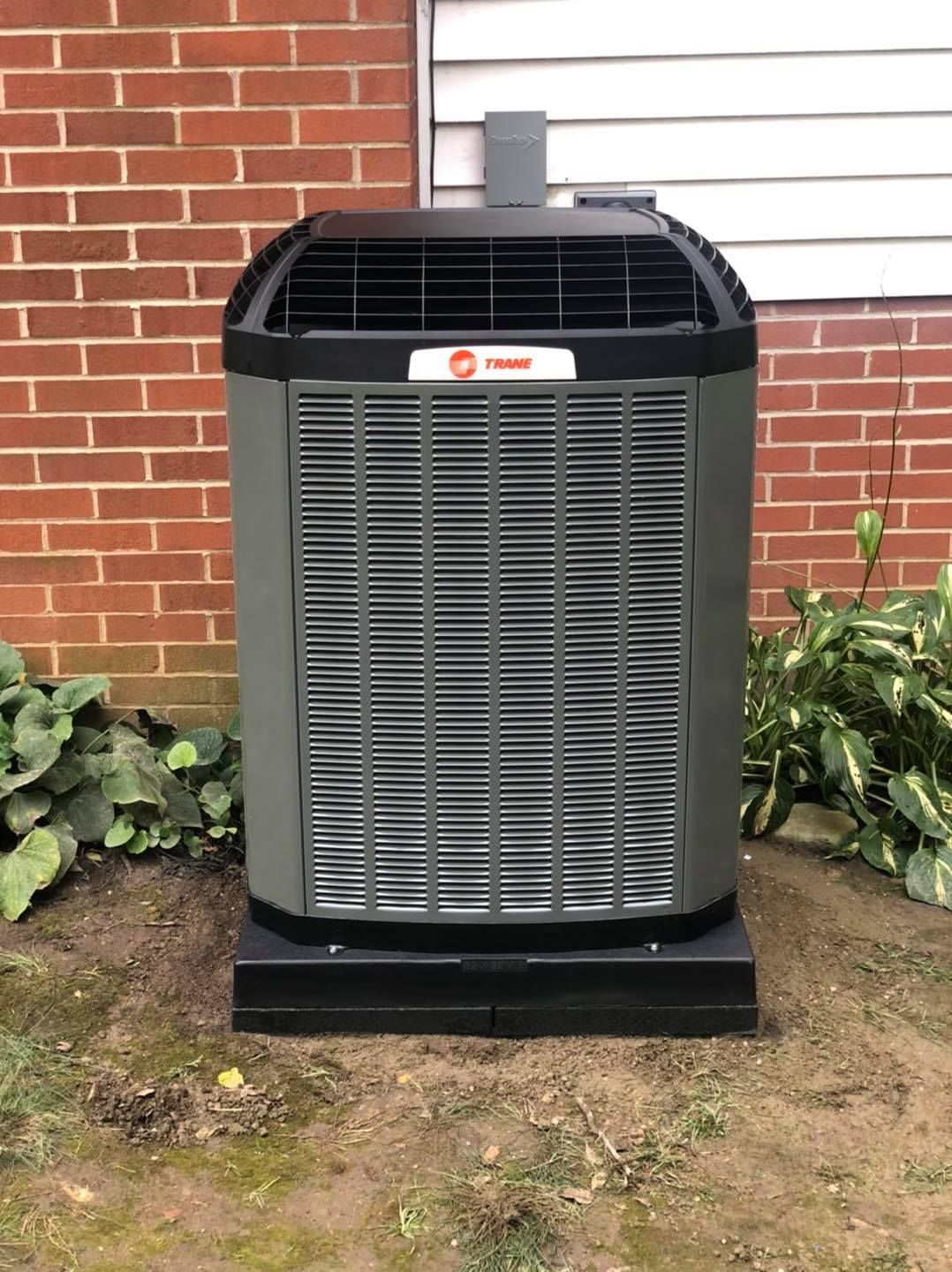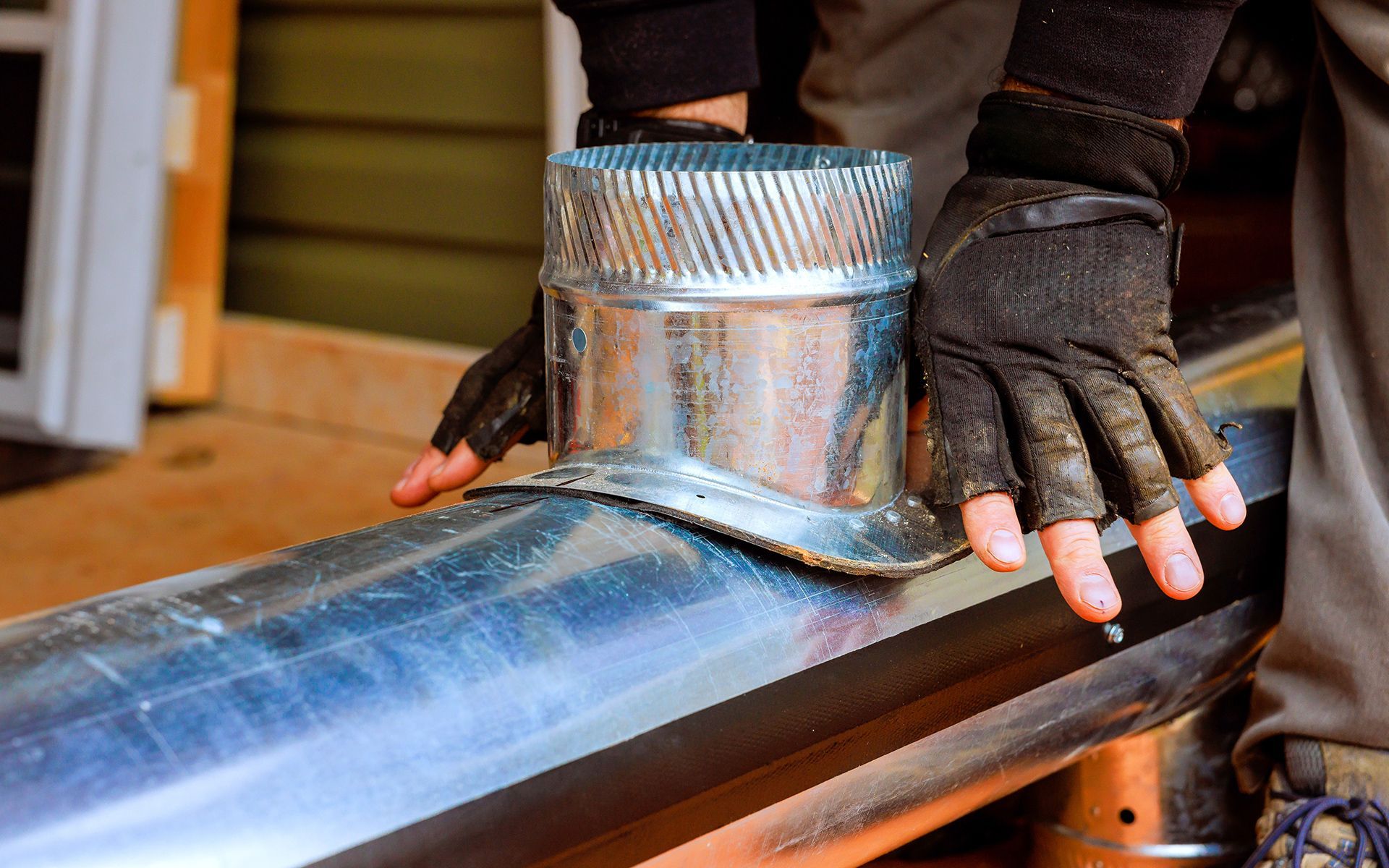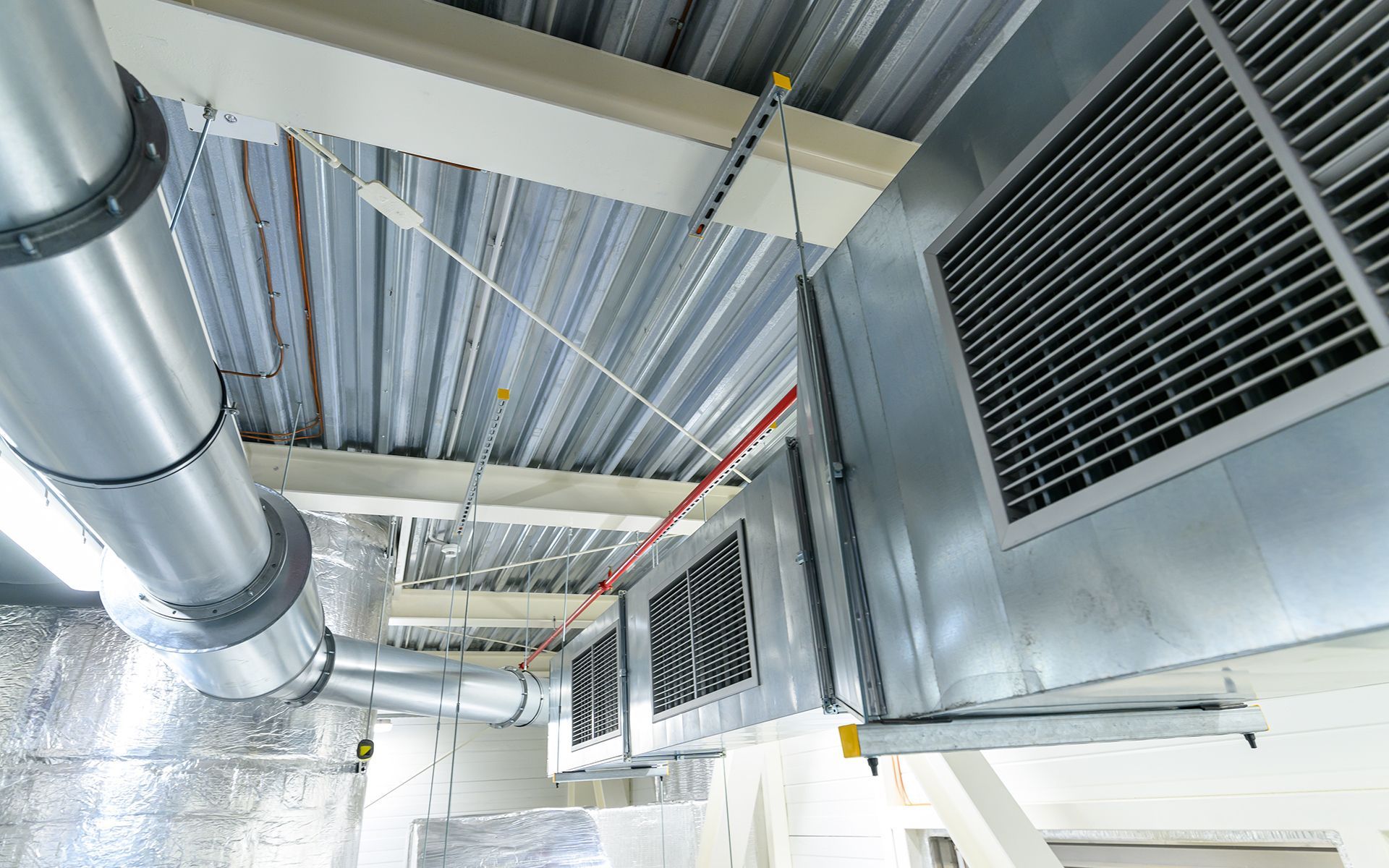Your Global Source For
Duct Sealing
In houses with forced-air heating and cooling systems, ducts are used to distribute conditioned air throughout the house. In a typical house, however, about 20 to 50 percent of the air that moves through the duct system is lost due to leaks, holes, and poorly connected ducts. The result is higher utility bills and difficulty keeping the house comfortable, no matter how the thermostat is set.
How do you know that your home has poorly performing ducts?
- You have high summer and winter utility bills;
- You have rooms that are difficult to heat and cool;
- You have stuffy rooms that never seem to feel comfortable;
- Your ducts are located in an attic, crawlspace, or the garage;
- You find tangled or kinked flexible ducts in your system.
Benefits of Duct Sealing
A duct system that is well-designed and properly sealed can make your home more comfortable, healthier, and energy efficient.
Because ducts are often concealed in walls, ceilings, attics, and basements, repairing them can be difficult. However, there are things that you can do to improve duct performance in your house.
Plus, you could get up to
$1,600 in tax credit for sealing your ducts.
Work with a Professional Contractor for Duct Improvement Projects
Many homeowners choose to work with a professional contractor for duct improvement projects. Most heating and cooling equipment contractors do not repair ductwork; WE DO! Look for a contractor that will:
- Inspect the whole duct system, including attic and crawlspaces.
- Evaluate the system’s supply and return air balance. Many systems have air return ducts that are too small.
- Repair damaged and disconnected ducts and straighten out flexible ducts that are tangled or crushed.
- Seal all leaks and connections with mastic, metal tape, or an aerosol-based sealant.
- Seal all registers and grills tightly to the ducts.
- Insulate ducts in unconditioned areas (like attics, crawlspaces, and garages) with duct insulation that carries an R-value of 6 or higher.
- Include a new filter as part of any duct system improvement. The contractor should evaluate air flow after repairs are completed.
Ensure there is no back drafting of gas or oil-burning appliances, and conduct a combustion safety test after duc





